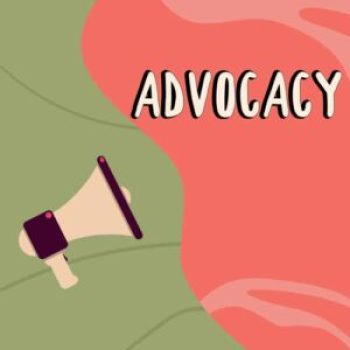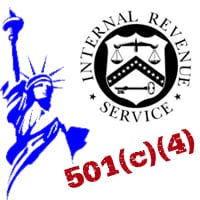If your charity engages in lobbying, it’s likely you are aware of federal, state, and local rules governing lobbying limits, registration, and reporting on activities and expenditures. Under the Internal Revenue Code (IRC), 501(c)(3) public charities are limited in how much they can lobby, yet they are not limited when it comes to activities considered to be advocacy. If it is in furtherance of their charitable purposes, public charities are unlimited in their advocacy activities.
So how is advocacy different from lobbying, and exactly where is the line between the two? As I wrote in my previous article, advocacy is a broad term which describes various facets of the work nonprofit organizations undertake. Although it isn’t a statutorily defined term, advocacy refers to many types of activities, which include educating about and raising awareness of an issue; advancing the organization’s charitable mission; raising funds; communicating with members and the public; and influencing behaviors, attitudes, and policies related to the organization’s mission.
By contrast, lobbying is a statutorily defined term. The Lobbying Disclosure Act regulates federal lobbying, and each state and many cities have their own laws that define and regulate lobbying. For public charities, the IRC defines lobbying as “any attempt to influence any legislation through an attempt to affect the opinions of the general public or any segment thereof, and any attempt to influence any legislation through communication with any member or employee of a legislative body, or with any government official or employee who may participate in the formulation of the legislation.” This federal tax code definition covers both grassroots and direct lobbying.
The IRC defines certain activities as exceptions, and, therefore, does not count them towards the organization’s lobbying limits. These include: making available the results of nonpartisan analysis, study, or research; providing technical advice or assistance to a governmental body; appearances before, or communications to, any legislative body about decisions that might affect the existence of the organization, its powers and duties, and tax-exempt status; communications between the organization and its members on legislation or proposed legislation of direct interest to the organization and its members; and any communications with a government official other than communications that would be considered lobbying.
The term advocacy generally encompasses a broad range of exceptions to lobbying. If your organization is conducting and publishing research and disseminating it in a nonpartisan manner, it is not considered to be lobbying. What about activities that don’t easily fall into one of these exceptions? For example, perhaps your organization has a meeting with legislators and their staff about important policy issues without discussing specific legislation. What if, during the meeting, your organization identifies legislative priorities and its position on various topics, some of which are addressed in currently pending legislation? Most often, the answer to the question “is this lobbying” is going to be “it depends.” It depends on who is present, what is said, and other factors.
With this clear-as-mud guidance, it can be both confusing and onerous for a public charity to assess and determine whether the multitude of advocacy activities it engages in count as lobbying. When clarity is called for, there are two recommended steps: 1) confer with legal counsel, and 2) establish written guidelines for organizational lobbying.
Consulting with legal counsel serves a few purposes. First and foremost, your legal counsel can analyze how the unique facts apply to the law – something an online search can’t do. Next, talking to your lawyers about your current and planned lobbying activities gives the organization an opportunity to educate and train staff and Board members on the rules and limitations. Once the organization’s leadership is trained, they should draft guidelines based on the types of activities the organization typically engages in. By developing guidelines for the organization, leadership can craft a strategy with respect to advocacy and lobbying activities with a better understanding of what is, and what is not, lobbying. This will ensure compliance while fostering the confidence to effectively advocate in furtherance of its charitable objectives.
Because the rules can be confusing, many organizations shy away from engaging in certain activities for fear they may breach the regulations on lobbying. It’s good to remember, however, that public charities are allowed to lobby up to a certain limit if they track their expenditures and report them. Once understood and exercised with confidence, lobbying can be a powerful tool in assisting a charity to fulfill its mission.
- Amy Y. Linhttps://perlmanandperlman.com/author/amylin/
- Amy Y. Linhttps://perlmanandperlman.com/author/amylin/
- Amy Y. Linhttps://perlmanandperlman.com/author/amylin/










